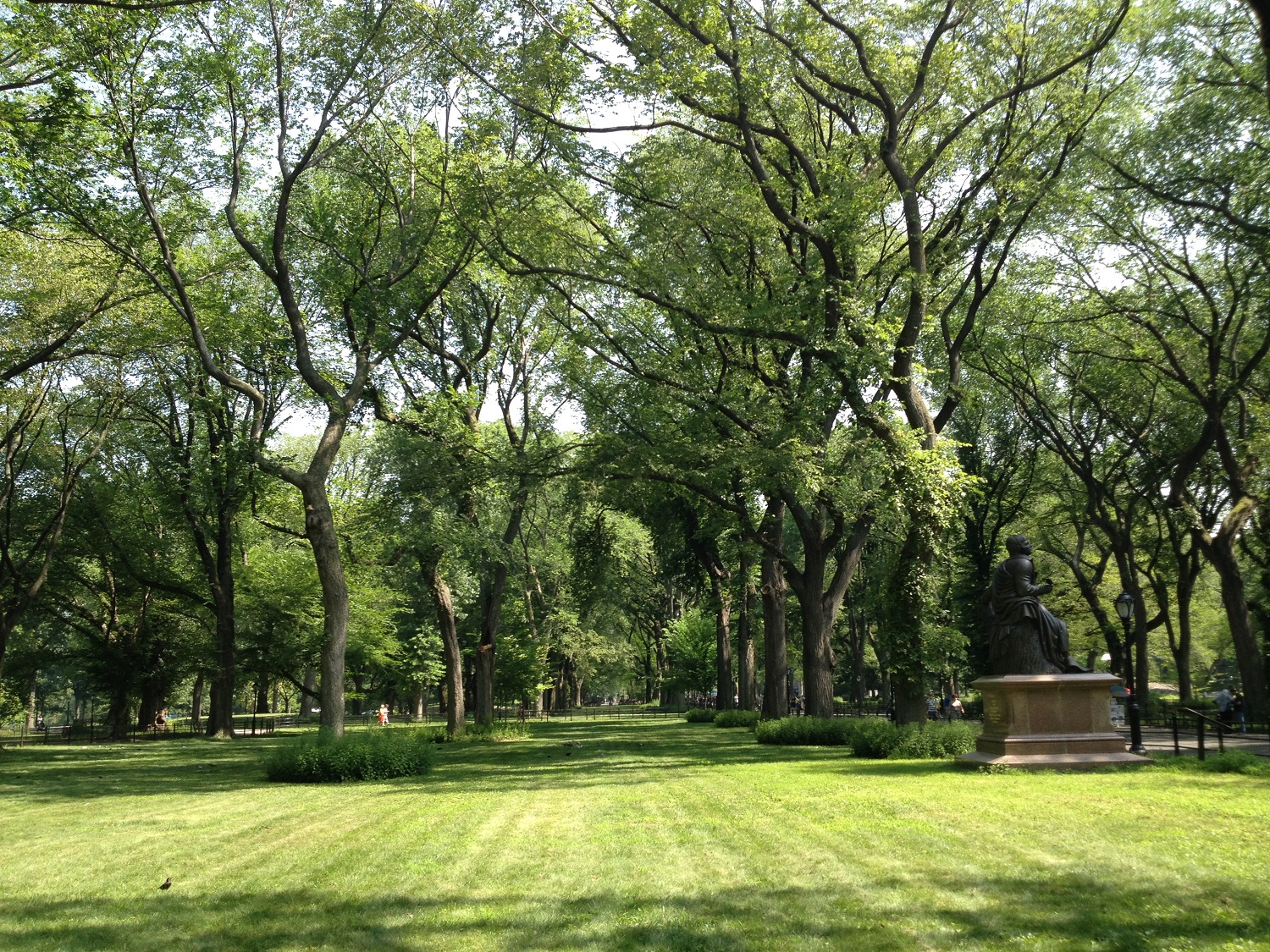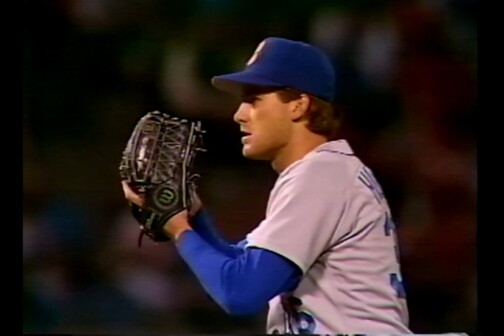I just happen to be strolling Central Park, NYC this morning. The first thing I notice is that it’s July and my clothes aren’t sticking to my body— it’s heaven. The next thing I notice are the beautiful green lawns that are sprinkled through the park accentuating different features; huge stands of American elms, garden beds, baseball fields and so on. But upon close inspection, I see that all of these lawns, with the exception of the baseball field, are not monoculture lawns. Rather, they are a mixture of different grasses and other native plants; or what most people would call “weeds”. My first thought? Hooray! I applaud the park’s management for not trying to create over-manicured and treated monoculture “lawns” within the park, but rather allow nature to do its thing. Guess what: It’s just as pretty.

Much of the water that is put on lawns here in Dallas is wasted due to outdated irrigation systems, improper scheduling and bad plant choices (check out my tips for summer watering here). But you’ll commonly hear people say things like “If everyone would just get rid of their lawns we wouldn’t have a water problem!” Here’s the problem with that approach: Lawns, and landscapes, are a necessary component of healthy urban living.
Lawns (and all other landscape plants) do us many services, such as significantly mitigating the intense summer city temperatures, controlling runoff and improving our air quality. They also help us significantly reduce our energy use. So we need lawns and landscapes in the right places. Hardscape is not always the answer. Smart watering is of course something we should all be doing…however I’d also challenge you to update your definition of a “lawn.”
Trying to grow one cultivated type of grass in a yard, with no weeds, is not natural. Thus, it takes a lot more effort and resources to maintain the artificial condition. If it’s all green, does it really matter if there are a few “weeds” mixed into the lawn? By allowing many different plants to grow together as a “lawn”, it becomes much easier to keep the area green and use less water. My definition of a “lawn” is any area of garden space I can walk on that is green and I can mow. My lawn is filled with many different “weeds”. From 6-feet away can you even tell? You certainly can’t in Central Park. It just looks green and beautiful. So if natural mixed lawns are good enough for Central Park, can’t they be good enough for Dallas?





